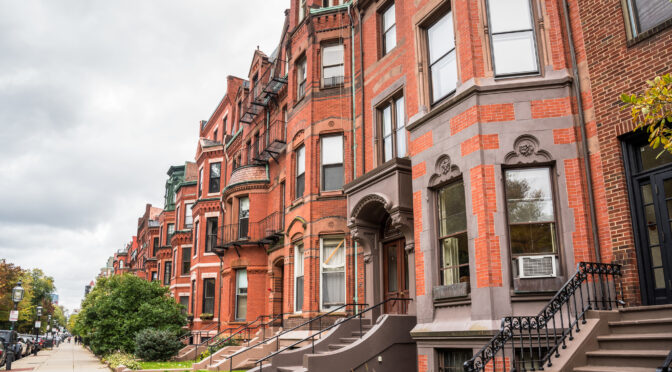Investing in the Virginia housing market
Investing in the Virginia housing market
Investing in the Virginia housing market in 2024 can be a lucrative venture for those looking to capitalize on the state’s real estate opportunities.
Virginia offers a diverse range of locations, each with its own unique appeal for both homebuyers and real estate investors. Here are some key points to consider when looking to invest in Virginia’s housing market:
Best Locations:
Northern Virginia: The region has seen significant growth in recent years, driven by its proximity to Washington, D.C., and a robust job market.
Areas like Arlington, Alexandria, and Fairfax County continue to attract both homebuyers and renters. –
Richmond: The capital city has a growing urban core and a thriving arts and culture scene. Richmond offers a mix of historic and modern properties, making it an attractive location for investors interested in diverse housing options. –
Virginia Beach: With its beautiful coastline and strong tourism industry, Virginia Beach remains a popular destination for both residents and visitors.
Real estate investors can consider properties near the beach, as well as in the surrounding suburban areas.
Financing Options for House Flipping:
Investors looking to flip houses in Virginia can explore various financing options, including traditional bank loans, Virginia private money lenders, hard money loans, fix and flip lenders and crowdfunding platforms.
It’s essential to assess the cost of renovations, potential resale value, and holding costs when considering a house flipping project.
Rent or Sell:
Before investing in a property, investors should analyze the local rental and housing market to determine whether renting or selling would be the most profitable option.
Factors such as rental demand, property appreciation, and rental yield should be considered when making this decision.
Renovation Costs:
Renovation costs can vary significantly depending on the scope of the project, the location of the property, and the condition of the housing market. Investors should conduct thorough inspections and obtain multiple renovation quotes to accurately estimate the costs involved in refurbishing a property for resale or rental purposes.
Foreclosure Properties:
Investors interested in Virginia’s housing market should explore the potential opportunities presented by foreclosure properties. Acquiring foreclosed properties can provide investors with discounted real estate assets, but it’s crucial to conduct thorough due diligence and understand the associated risks and legal processes.
In summary, investing in the Virginia housing market in 2024 offers a range of opportunities across different regions. Whether you’re considering house flipping, rental properties, or traditional home sales. Conducting thorough market research and financial analysis is crucial to making informed investment decisions.
With the right approach, and a top residential bridge lender investing in Virginia’s real estate market can yield substantial returns for savvy investors









